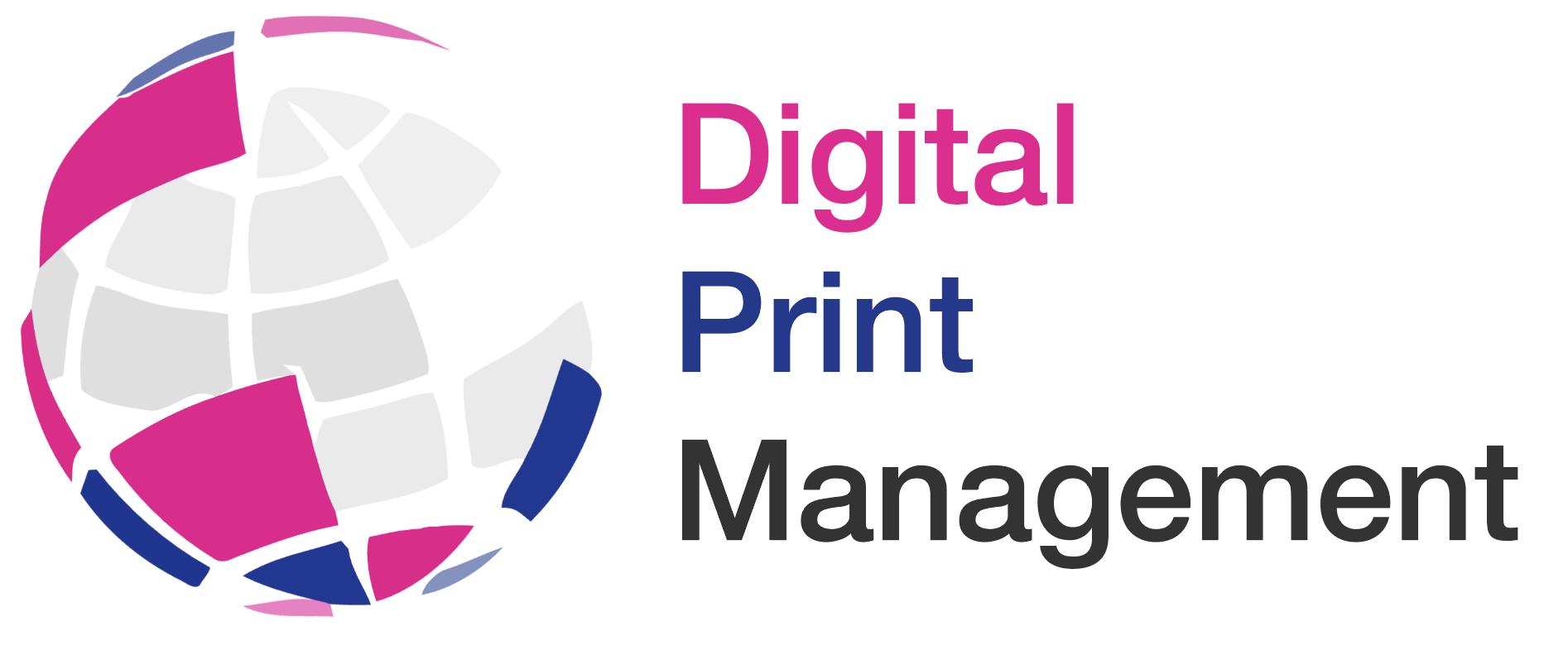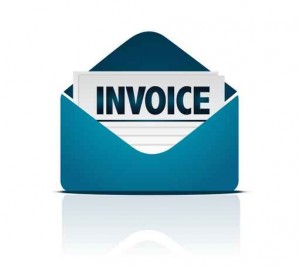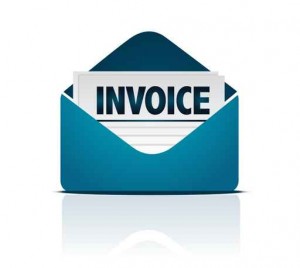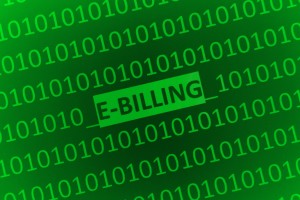Managing information is empowering.

Invoice management is all about managing and simplifying the process of accounts payable.
Having a “complete” view of the Accounts Payable (AP) process using a streamlined and automated end-to-end invoice management system gives your company control over all the processes and any financial implications.
Managing the Accounts Payable process and achieving efficiency is discussed here.
Automating the processing of invoices by integrating straightforward workflow and document matching software with existing systems removes manual and repetitive tasks.
Being able to access comprehensive financial management information quickly speeds up the decision making process for audit and reporting purposes as well as providing the “what if” scenario.
By being able to automatically consolidate and reconcile orders, invoices, payments and related documents to help manage allocations, cash flow, payments ensures that any delinquent payments, exceptions and queries in the system are quickly dealt with improving customer and supplier relationships respectively.
An accounts payable system which is largely paper based takes up time and the effective management of human resources who are having to manually input invoice content, matching and validating invoices with purchase orders, handling supplier inquiries.
This is further compounded by escalating exceptions and discrepancies to senior management for clarification or sign off which consumes management’s time and is costly having to resolve invoice queries which could be handled by the Accounts Payable team assuming they have an overview of the financial system.

Managing your accounts payable – Can you answer these questions?
Do you know the answers to these questions?
- How many invoices are outstanding?
- How much money does the company owe?
- Where in your system are the exceptions and queries and how many do you have?
- Who are the suppliers that are problematic?
What are the benefits to automating Accounts Payable?
Invoices typically come into an organisation by post, fax, email and are then categorised.
They are forwarded to the relevant department or person for approval of the invoice which is then matched to a purchase order, verified, approved and signed off for payment.
If it exceeds the company’s payment limit it then has to go up to management for further verification. Assuming the invoice is then ok it is input into the accounting system ready for payment.
Invoice queries slow the process
- Is it from a valid supplier?
- Is the invoice correct and does it match the PO?
- Is it a duplicate invoice?
- Is the invoice just part of the total order value?
- Does the invoice match the delivery note?
The benefits in implementing an effective AP solution?
- Easy financial reporting and tracking of all invoices in the system.
- Reduction in invoice queries having to be dealt with by senior management.
- Automatic matching of invoices and validation so only accurate invoices are accrued.
- Pay suppliers on time and avoiding late payment surcharges which in turn leads to better supplier relationships.
- Avoids month end deadlines because there are no peaks and troughs.
- Reduced stress and pressure on the AP team resulting in a more productive and efficient department.
How much could automated invoice processing save you?

Automating the accounts payable process saves time, money and reduces the exceptions in your system!
In our next blog: How to speed up your Payment Allocation (AR) Process
Next steps
For more information on our AR and AP solutions please call us. Or, contact us by filling in the contact form and one of our expert advisors will be in touch.
[gravityform id=”1″ name=”Contact Form”]
You can follow us on twitter, like us on facebook and connect with us on linkedin.
For regular news and updates please hit the RSS button and you will automatically get updates delivered into your inbox.











